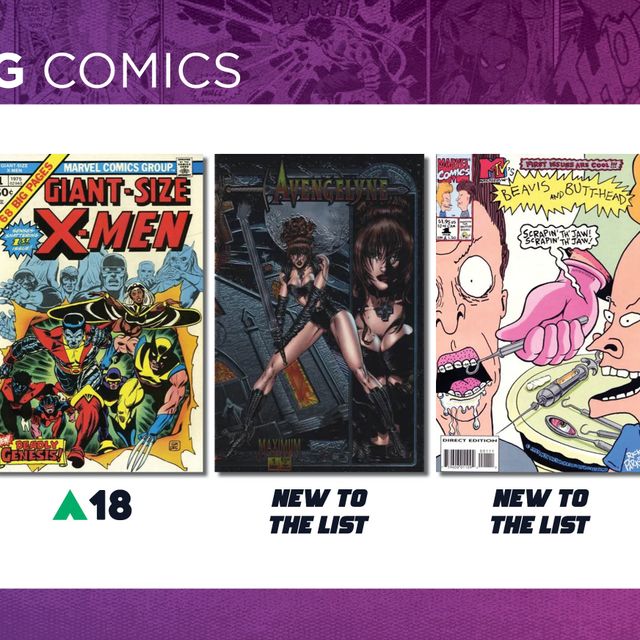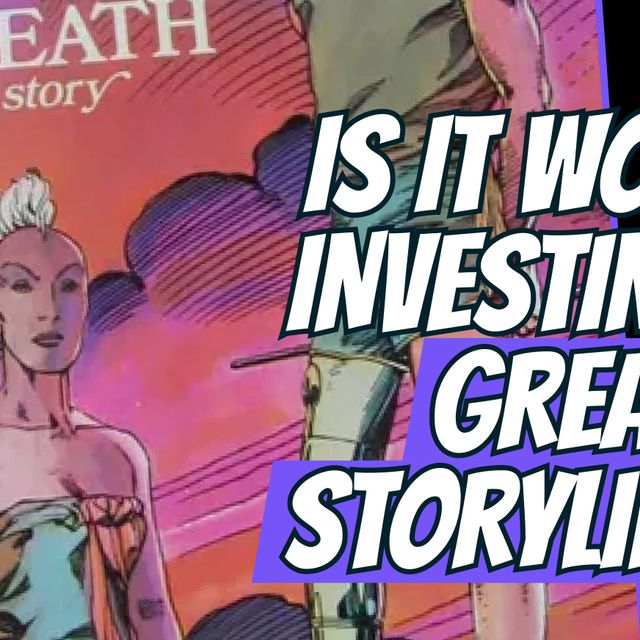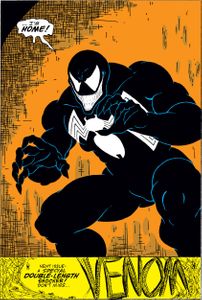
DISN-FLUENCE
When Disney took over Marvel Comics, many of us anticipated a watered-down version of our favorite characters. Gone were the days of mature content and bloody violence. Most of us were prepared for the worst with the likes of Mickey Mouse and Donald Duck finding their ways into the Avengers or my beloved X-Men.
But that isn’t what happened.
Instead of a family-friendly character like Spider-Man, Captain Marvel, or even Captain America assuming the Marvel throne and carrying the Disney flag, Venom has emerged as the standout character in Marvel’s Disney era.
From his acclaimed current series to starring in the last two years’ crossover blockbusters, Absolute Carnage, and now King in Black, Venom is getting more press than Spider-Man.
How did this happen? It has been 27 years in the making.
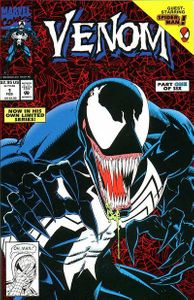 LETHAL PROTECTOR
LETHAL PROTECTOR
Personally, I miss the days of Venom terrorizing Spider-Man. With a beefy, steroid-daydream physique, the original villain that spawned from Todd McFarlane’s Amazing Spider-Man run in 1988 will always be the best version of the character.
For five years, he was the rising villain in all of Marvel. Fans could not get enough of him because he looked so impressive. Where the wise-cracking Spider-Man was smaller and wiry, Venom's character was a psychotic, roid-raging professional wrestler. And his popularity boomed. He started appearing in other titles outside the Spider-verse. Then in 1993, Marvel attempted to make him an anti-hero cast in his own self-titled series, Venom: Lethal Protector.
Marvel clearly saw that Venom had a bigger potential as a hero (or at least an anti-hero) rather than a villain. From a marketing standpoint, that is logical. The problem was no one seemed to know what to do with him in the role of hero. The original run of Lethal Protector may hold a dear place in many Venom fans’ hearts, but it is far from a classic. It is hokey with a poorly crafted, phoned-in story. However, I will give credit to Mark Bagley’s artwork for making it readable.
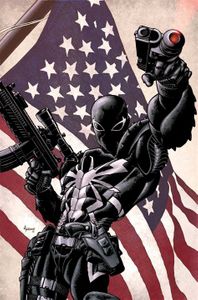 THE MANY VENOMS (THAT DIDN’T WORK)
THE MANY VENOMS (THAT DIDN’T WORK)
It was never more apparent than in 2004 that Marvel’s editorial staff at the time had no idea what to do with Venom. The dark symbiote was taken away from Eddie Brock. It was then passed between hosts like a hand-me-down shirt, getting more worn with each succession. The symbiote was handed off to Angelo Fortunato for a few issues before it was given to the former Scorpion, Mac Gargan. While the Mac Gargan symbiote had a cool aesthetic, he could not replace the original.
In the years that followed, Marvel seemed intent on making readers forget Eddie Brock. After Gargan, the symbiote was given to Flash Thompson and given a complete makeover as Agent Venom. Although Flash’s turn as Venom was admittedly popular, Marvel shifted the symbiote again, this time to Lee Price.
The coup de gras would come in 2015 when the least-popular Venom would surface - Venom: Space Knight. In an attempt to make the villain a baby-faced, clean-cut hero, the symbiotes got a new backstory. It painted them as friendly and helpful minus Venom, the one Klyntar who had been corrupted. Then he was magically repaired, and now everyone is happy. Except for the fans, and it showed in the sales for Space Knight, which lasted just 13 issues.
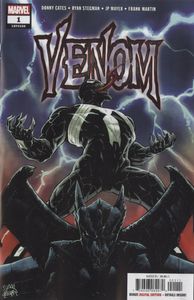 THE MODERN VENOM
THE MODERN VENOM
It took three decades, but Venom finally got a decent series in 2018. Under Donny Cates’ direction, Eddie Brock returned to form and was reunited with his symbiote. Ryan Stegman provided the artwork and gave readers a Venom that harkened back to the McFarlane days.
The best part was that, finally, a creative team put together Venom comics that were worth reading. Since then, Cates and Stegman have built an entire Venom mythology that began with Knull. It has grown to King in Black and Venom is consistently one of Marvel’s best selling comics with a host of new faces to keep the stories fresh.
These days, the character has evolved from being a one-dimensional flat character to a dynamic anti-hero. He struggles with his own hopes, dreams, and problems that are relatable. In the end, that is the key: Venom, the psychotic alien menace with a horror-inspired appearance, has become relatable to the audience. Sure, new characters boost sales, and this character has plenty of first appearances, but the buyers keep Venom on their pull lists for the stories, and he now has good stories that are fun to read.
What we are seeing is the result of pure fandom. It was not a corporate decision to put Venom at the forefront of the company. This came from an outcry for the return of Eddie Brock to the symbiote and good plots for Venom.


